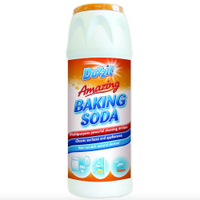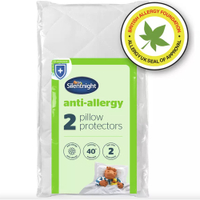How to remove yellow stains from pillows without using bleach
Banish unpleasant yellow stains to restore your pillows to pristine freshness in five simple steps


As an essential component of our everyday sleep routines, it's hardly surprising that pillows are prone to staining and therefore need targeted cleaning from time to time.
Firstly, it's important to stress that yellow stains on pillows are perfectly normal and caused by several varying factors, from facial oils to saliva. Therefore knowing how to remove yellow stains from your best pillows is an essential cleaning task for all households to master because dealing with discolouration is a common occurrence when cleaning pillows.
But fear not, removing yellow stains is easy according to cleaning specialists and pillow experts.
Here they share their professional cleaning methods to help us master how to get yellow stains out of pillows...
How to remove yellow stains from pillows
Before washing your pillows, pre-treat any yellow-stained areas by using the following steps using a few select items...
Here's what you'll need:
- Mild liquid detergent
- Clean microfibre cloth or sponges
- White vinegar (optional)
- Baking soda (optional)

RRP: £6 | An 'Amazon Choice' solution, this gentle detergent is made for delicate fabrics such as wool and silk meaning it's ideal to tackle yellow pillow stains with care.
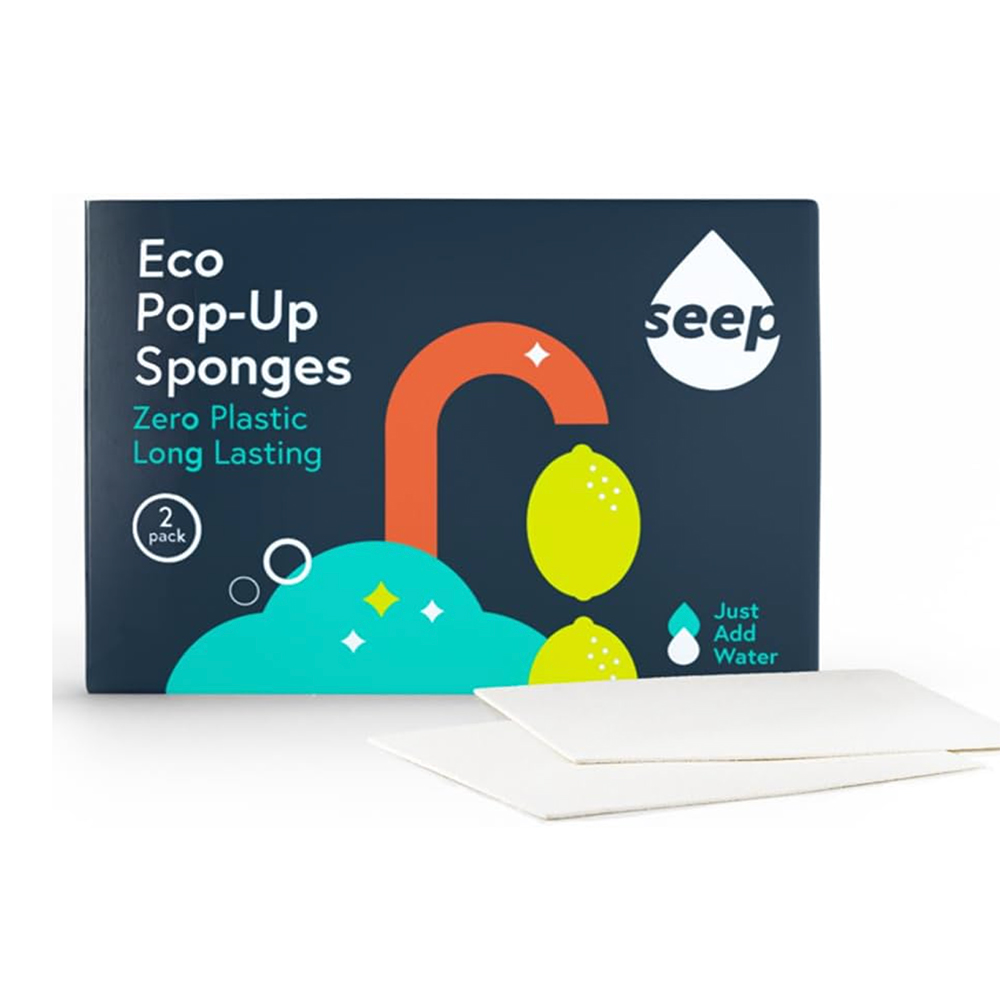
RRP: £4.95 | Try a soft approach with these plastic-free, 100% natural cellulose, compostable cleaning sponges.
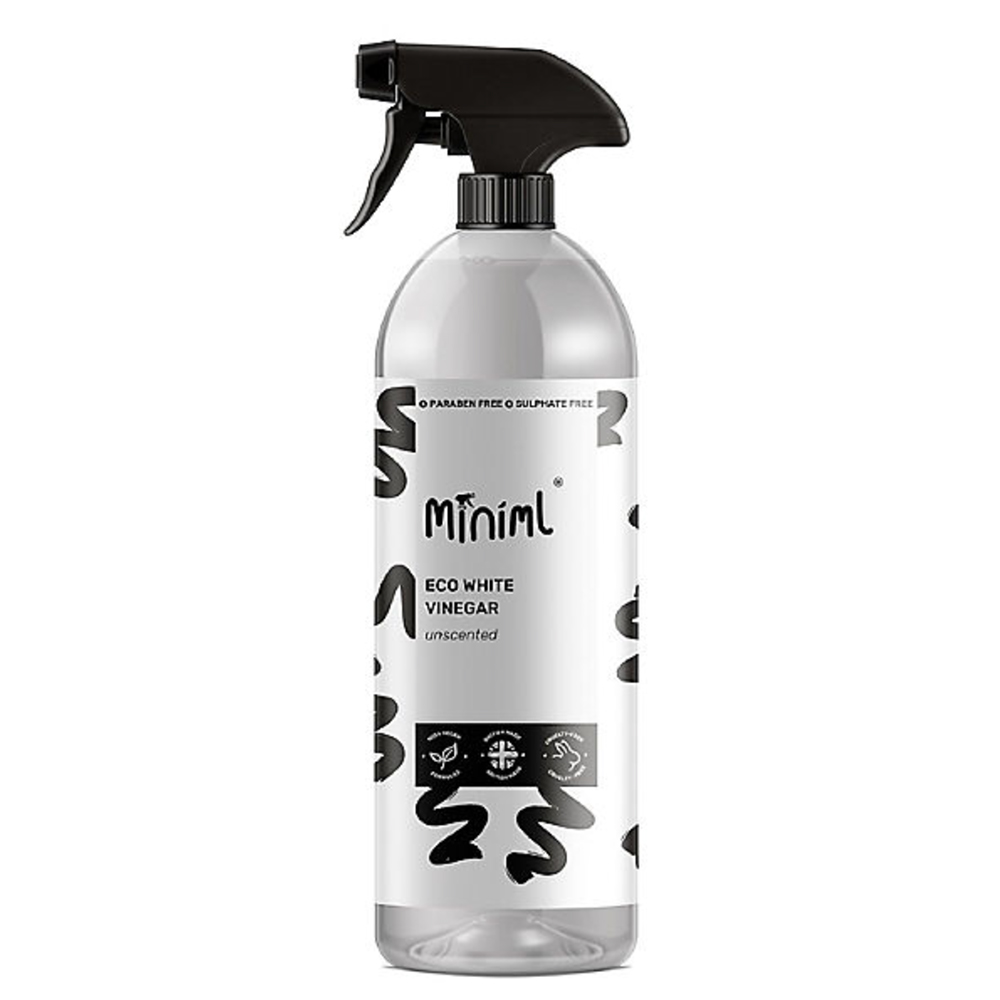
RRP: £2.49 | This eco-friendly solution is unscented white vinegar, making it ideal for cleaning bedding products that you really don't want to smell of vinegar.
1. Start with a cold water treatment
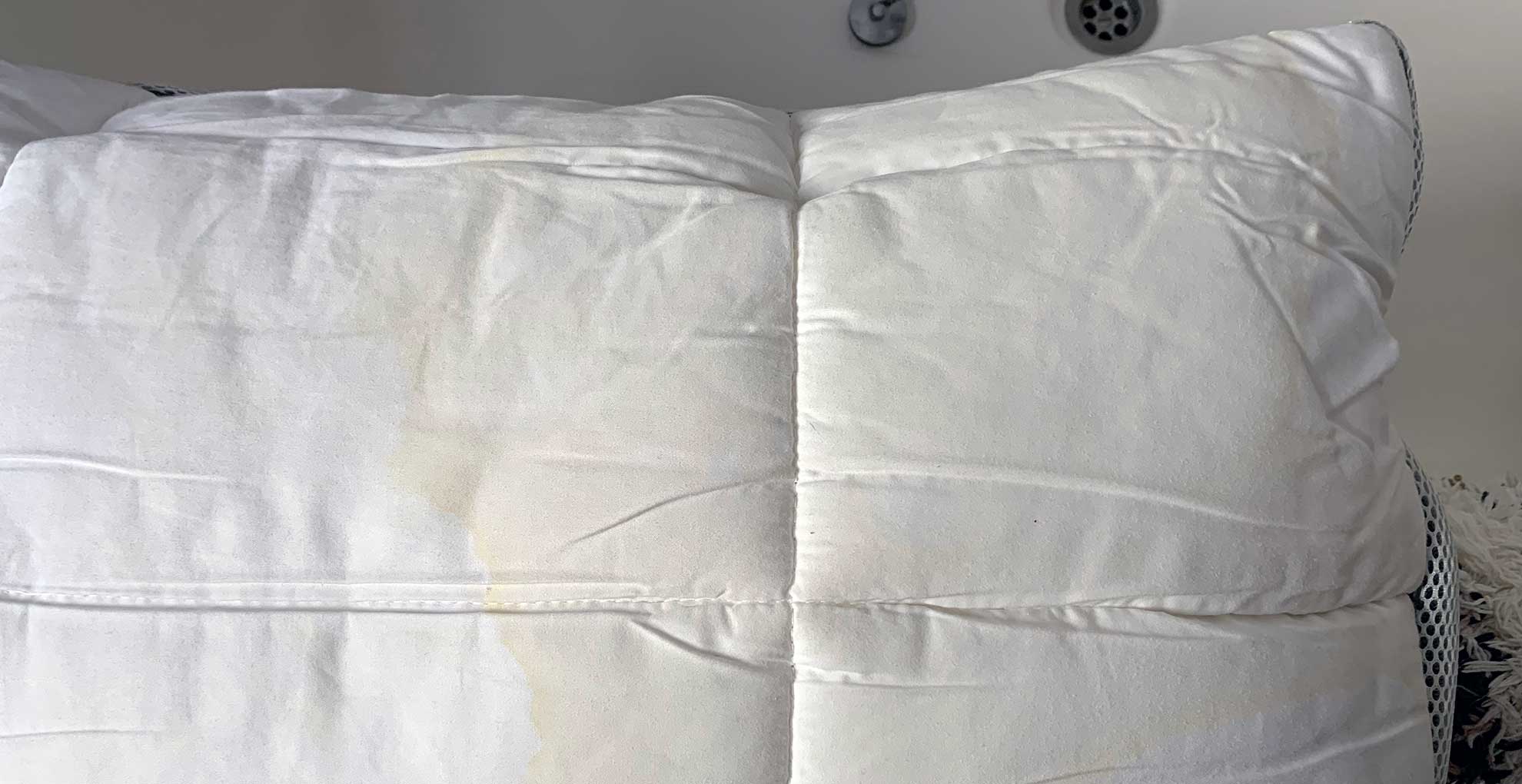
Always run a stain under cold water before attempting to start cleaning it, why? Because heat can actually make it worse. We know this from cleaning makeup stains from carpets and removing oil stains from fabrics.
Sign up to our free daily email for the latest royal and entertainment news, interesting opinion, expert advice on styling and beauty trends, and no-nonsense guides to the health and wellness questions you want answered.
"Before you start opting for natural products to whiten your pillow it must undergo the ‘cold water treatment’ first," says Rex Isap, the CEO at Happy Beds. "Using hot water on protein-based stains can make them spread further, which is why cold water is perfect for yellow stains, such as sweat."
Simply use cold water to soak the stained areas first for roughly 30 minutes, in order to apply your chosen cleaning solution with ease to a soaked surface. We recommend doing this in a clean bathtub to ensure you have adequate space.
2. Pre-treat the stain with mild detergent
Pre-treat any visible yellow stains with ease by using a mild detergent, because mild is always best when cleaning bedrooms, whether cleaning a mattress or washing bedding because of the close contact to the skin.
"I recommended a mild liquid detergent," says Petya Holevich, a house cleaning and laundry expert at Fantastic Services. "Create a solution of equal parts water and mild liquid detergent and gently dab the stained area with a clean cloth or sponge."
"When doing so, avoid rubbing because it can spread the stains further. This is effective for general stains, such as sweat and body oils."
She also recommends using targeted enzymatic cleaners. "Enzymatic cleaners are designed to break down organic stains, such as ones from saliva. These cleaners are particularly useful for biological stains."
We recommend Bactador Odour and Stain Remover Spray 750ml, £18 at Amazon.
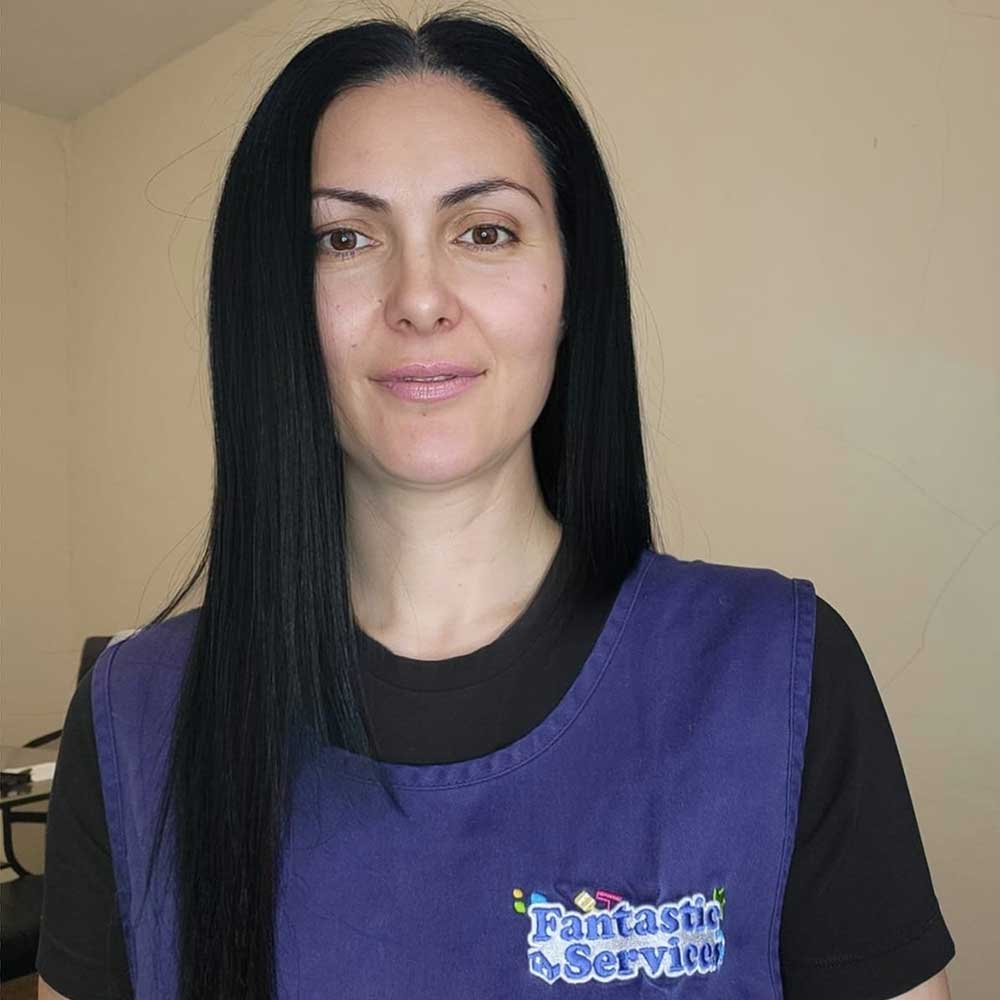
Petya Holevich is an experienced house cleaning and laundry expert with over 5 years of dedicated service at Fantastic Services. Her journey with the company not only contributed to the maintenance of immaculately clean domestic spaces but has also put her at the forefront of training new teams.
3. Make a natural stain remover
For removing tough yellow stains, you can use baking soda and vinegar combined to help remove any severe discolouration.
"Create a paste by mixing baking soda with a small amount of water, and start by doing a spot test in an inconspicuous area," says Emily Attwood, founder of bedding specialists Scooms. "Once you're happy, apply the paste directly to the stained area and allow it to sit for 15-30 minutes."
"Once the paste has sat, dampen a clean cloth with white vinegar and blot the stained area to help lift the stain and the paste. Rinse the pillow thoroughly with water."
Cleaning with baking soda and cleaning with vinegar offer the best natural methods for cleaning all manner of household items, from using baking soda to clean a mattress to softening towels with vinegar.
"There are various commercial stain removers available that are specifically formulated for different types of stains," says Petya. "However, make sure they don’t contain any harsh chemicals and avoid using such ones on delicate fabrics, especially pillows as these are items that are frequently in contact with your skin."
Duzzit Amazing Baking Soda: £3.88 at Amazon
This 500g container of baking soda is the ideal multi-purpose household cleaner – ideal for making a natural cleaning solution to help remove stubborn yellow stains on pillows
4. Wash accordingly
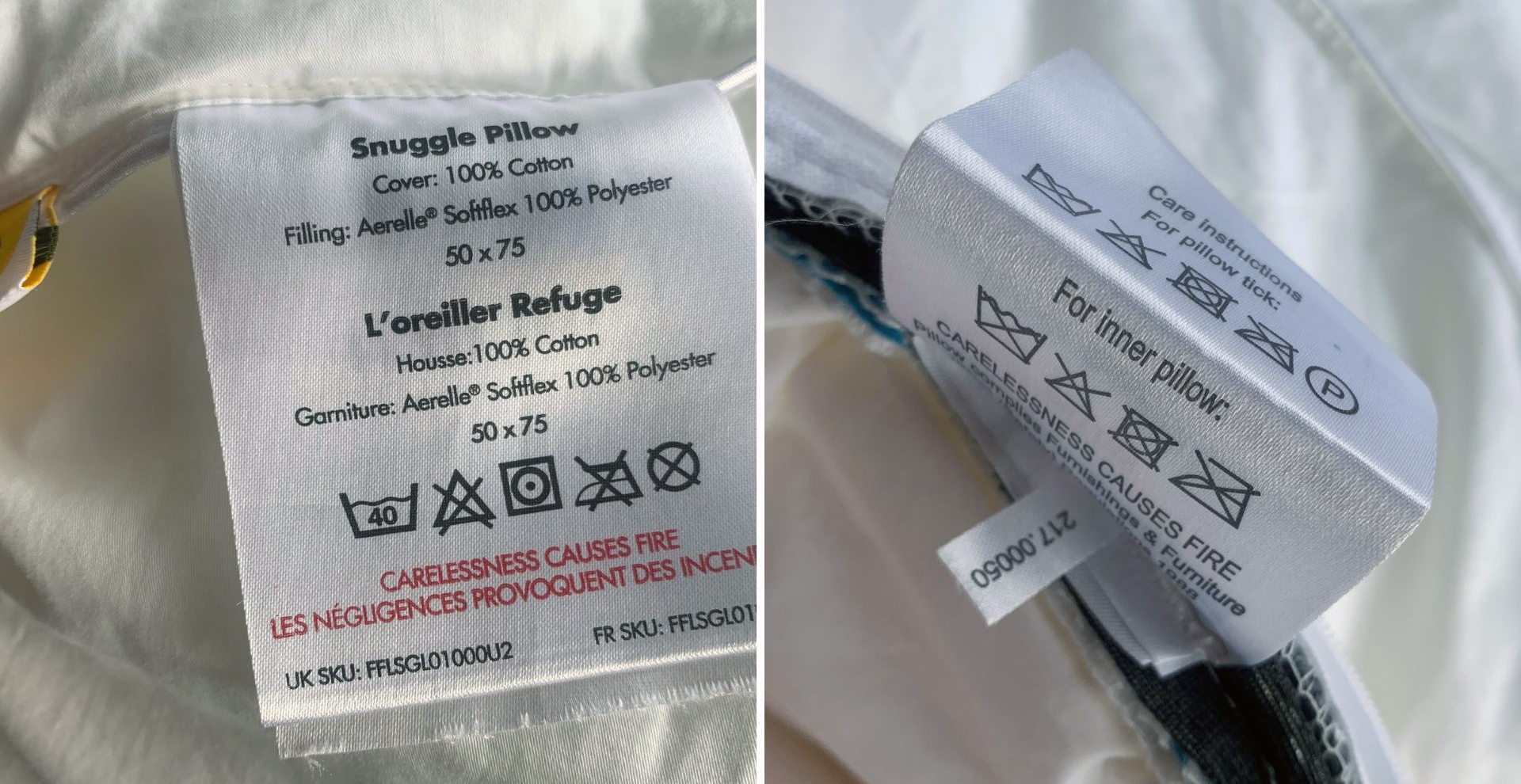
The care labels located on the edge of two different pillows to show how to wash accordingly
After treating the stains directly you can follow up by washing your pillows, guided by the cleaning instructions on your pillow to give it a good and thorough wash.
"You should wash your pillows at 40 degrees," advises Emily. "If you can wash them yourself, then wash with a non-bio (enzyme-free) detergent, using a third of the usual amount and use a tumble dryer to dry them thoroughly. If your machine isn’t big enough, you may need to take them to a laundrette to make use of a large capacity washer or dryer."
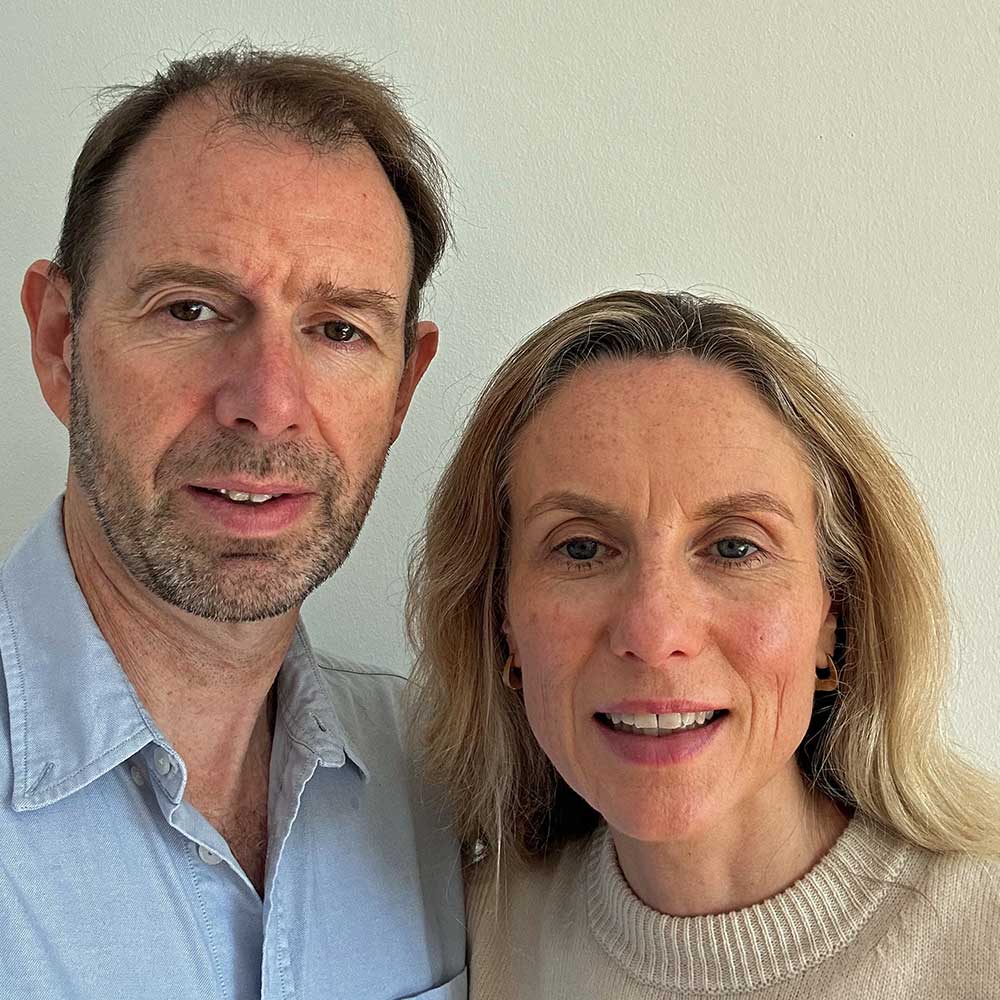
Emily Attwood is the co-founder of the family-run, independent, luxury bedding and bath brand, Scooms, alongside her husband Jonathan. Offering a simplified range of what they believe are the best pillows, duvets, bedding and towels on the market, Scooms help make buying luxury and high-quality, natural bedding and towels easier.
5. Dry thoroughly
As with washing any element of bedding, it's imperative to allow your pillows to dry thoroughly before you put them back on your bed. Damp pillows will not only smell unpleasant, they are a breeding ground for bacteria and mould.
To dry them naturally Petyra recommends: "After washing, let them air-dry in direct sunlight. Sun exposure can also help eliminate any unpleasant smells. Sunlight can also help to naturally bleach and disinfect your stained pillows," she adds.
Explore our expert tips on how to dry clothes indoors without a tumble dryer to help speed up the drying process – one of the best heated airers is a good place to start, and fear not the costs of running a heated clothes airer are not as much as you'd think.
How to prevent yellow stains
To prevent your pillows from staining in the future, experts always recommend using pillow protectors. This is really the only effective way to prevent yellow stains from occurring. These washable pillowcases go over the pillow underneath the bedding to act as a barrier preventing stains from forming and spreading.
Silentnight Anti Allergy Pillow Protectors, set of 2: £12 at Argos
Prevent yellow staining by encasing your pillows in a luxury layer of Anti-allergy material. The specially developed product shields your pillow from oils and dead skin which are otherwise absorbed directly into the casing.
"Also, wash pillows regularly at least every 4 to 6 months, following care instructions, and your pillowcases at least once a week," Petya advises. "Keep in mind that, most pillows are machine washable, but some may require professional cleaning."
FAQ
What causes yellow stains on pillows?
It may not be pleasant but pillows regularly become stained yellow due to a variety of factors, including sweat, Sylvia, sebum, hair oils and dead skin cells. The concentration of all those elements for up to eight hours a night is sure to result in some degree of staining, it's perfectly natural and expected.
"Sweat and natural body oils produced by your skin, along with sweat, can accumulate on pillows over time, leading to yellow stains," explains Petya. "This is particularly common for individuals who sweat heavily while sleeping. Saliva as drooling during sleep is a common occurrence, especially among children."
"Makeup and skincare products, especially if you go to bed without removing your makeup or if you use skincare products that contain oils, which can transfer onto your pillowcase, causing stains."
Inadequate and infrequent washing of pillowcases or pillows can allow stains to accumulate. "Low-quality pillowcases or lack of pre-washing will make your pillows more prone to staining also," says Petya.
How do you whiten yellow pillows without bleach?
You can easily whiten yellow pillows without using bleach, using baking soda instead. "Whitening yellowed pillows without using bleach involves a combination of natural and gentle cleaning methods," says Petya. "First, you’ll need to pre-treat them by creating a solution of equal parts water and mild liquid detergent. Gently dab the yellowed areas with a clean cloth or sponge but avoid rubbing."
"After that, create a paste from baking soda and water, apply it to the yellow stains on the pillows and let it sit for at least 30 minutes. Next, mix equal parts white vinegar and water and, after the baking soda paste has sat for a while, rinse the pillows with the vinegar solution."
Once you’ve pre-treated and washed your pillows, Petya advises to dry them in direct sunlight for "natural bleaching". Make sure they’re completely dry before bringing them back indoors.
"For white pillows, you can also create a solution using hydrogen peroxide and water in a 1 to 1 ratio. Apply it to the stains, let it sit for a few minutes and then rinse thoroughly. Alternatively, you can also use a mixture of lemon juice and salt and apply it to the yellowed areas, letting it sit for about 30 minutes."
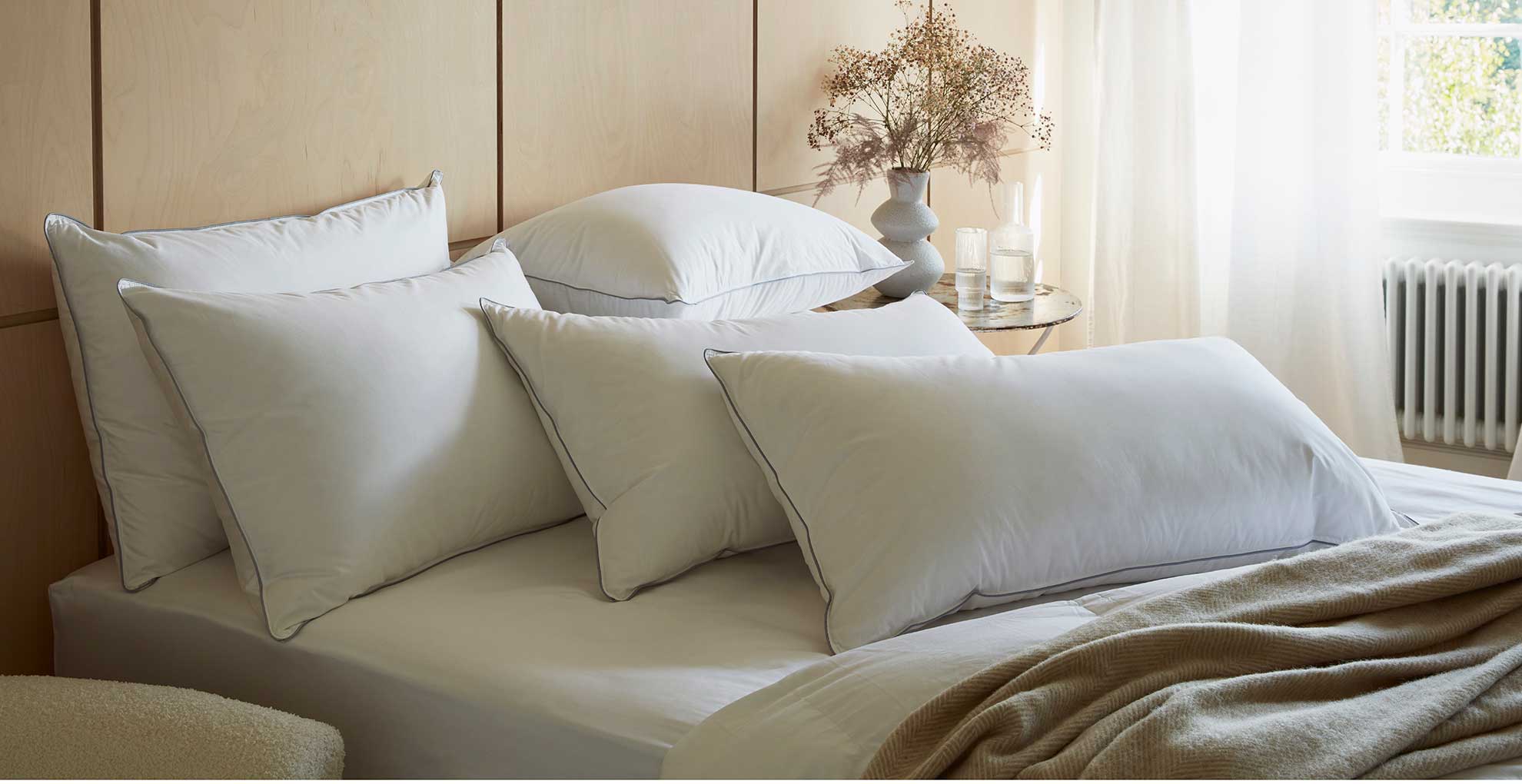
Why is it important to get rid of yellow stains on pillows?
Unfortunately, yellow stains on your pillows can start to harbour bacteria and allergens – especially if your pillow is near the end of its lifespan, if you follow how often you should replace your pillows. Dirty pillows can actually impact your health as well as impacting your sleep.
"Dust mites, dead skin, fungal spores and bacteria can live in old, unwashed pillows and these can trigger symptoms of hay fever," explains Rex Isap, the CEO at Happy Beds. "In more serious cases, you could experience signs of asthma which, ultimately, will impact how well you sleep at night."
If your pillows are stained yellow beyond the point of cleaning, it may be time to consider buying new ones. Follow our expert guide on how to choose the right pillow for you.
Whether you're after the best thin pillows or the best hotel-branded pillows it's worth checking out the latest deals to save on budget.

Tamara is a highly experienced homes and interiors journalist with a career spanning over 22 years. Now the Lifestyle Editor of womanandhome.com, she previously spent 18 years working with the style teams at Country Homes & Interiors and Ideal Home. With these award-winning interior teams, she gained a wealth of knowledge and honed her skills and passion for styling and writing about every aspect of lifestyle and interiors.
A true homes and interiors expert, Tamara has been an ambassador for leading interior brands on multiple occasions, including appearing on Matalan’s The Show and presenting at top interior trend forecasting events such as the Autumn Fair and Spring Fair.
